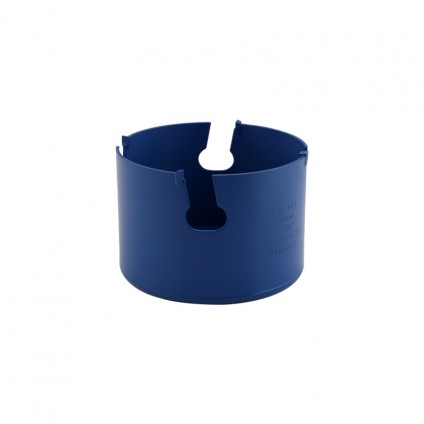After the tungsten carbide hole saws are used in service, the tungsten carbide sprayed on the surface needs to be removed again before the workpiece can be repaired and sprayed again.
However, because the surface hardness of tungsten carbide can reach about HV1400, the body is too rigid, and it is very difficult to remove the tungsten carbide on the surface with ordinary machining (including cutting and grinding).
In the past, people usually used chemical tungsten removal, that is, hydrofluoric acid, nitric acid, hydrochloric acid, etc. were used to react to the workpiece to remove tungsten. However, the frequent use of hydrofluoric acid, nitric acid, hydrochloric acid and other chemical substances is very harmful to the human body. For example, high concentrations of hydrochloric acid can cause chronic poisoning, rhinitis, bronchitis, emphysema, etc., and even some symptoms such as allergies, dermatitis, and eczema. Moreover, the volatility of hydrochloric acid is very strong. As long as it encounters water vapor in the air, it can chemically react to form hydrochloric acid mist and hypochlorous acid, and it is easy to corrode articles and harm human bodies, animals and plants, and it has a very destructive effect on the surface of the workpiece. For example, when hydrofluoric acid, nitric acid, and hydrochloric acid are used for tungsten removal treatment, tungsten carbide workpieces are usually corroded.
In addition, the effect of tungsten removal can be achieved by sandblasting, but the cost of this method is too high, and the tungsten carbide sprayed on the bottom groove and contour parts of the workpiece cannot be removed, so relatively few people use it, or even say yes. No.

- November 20 2020 at 01:30

